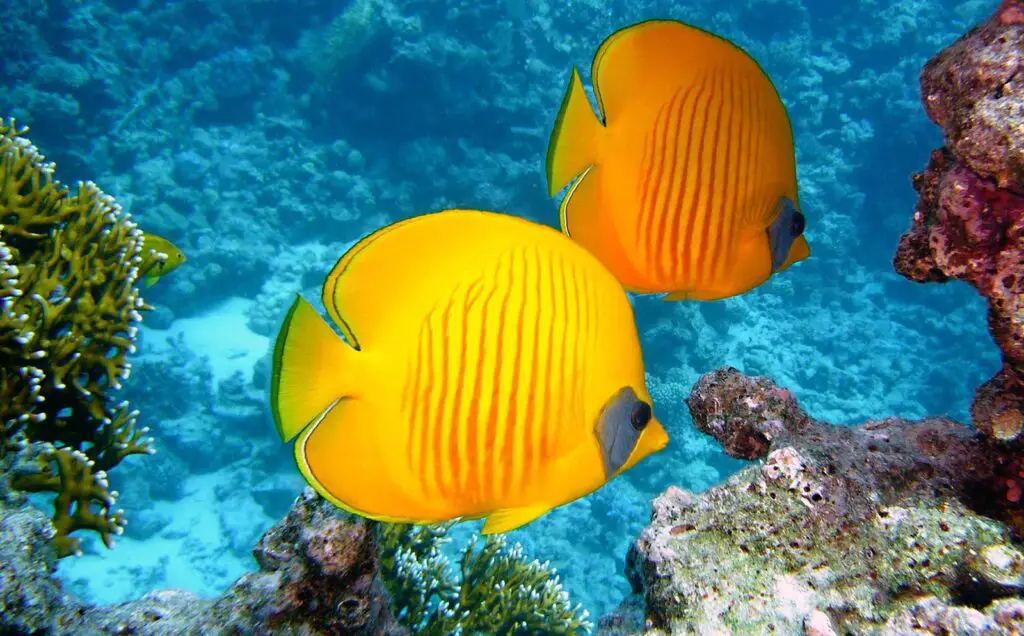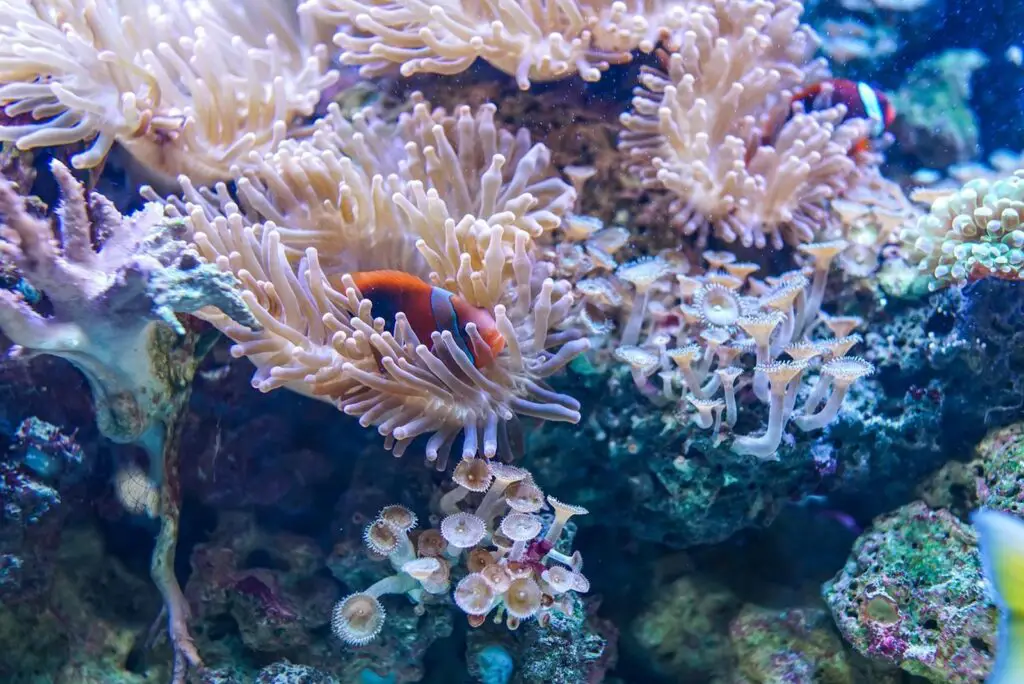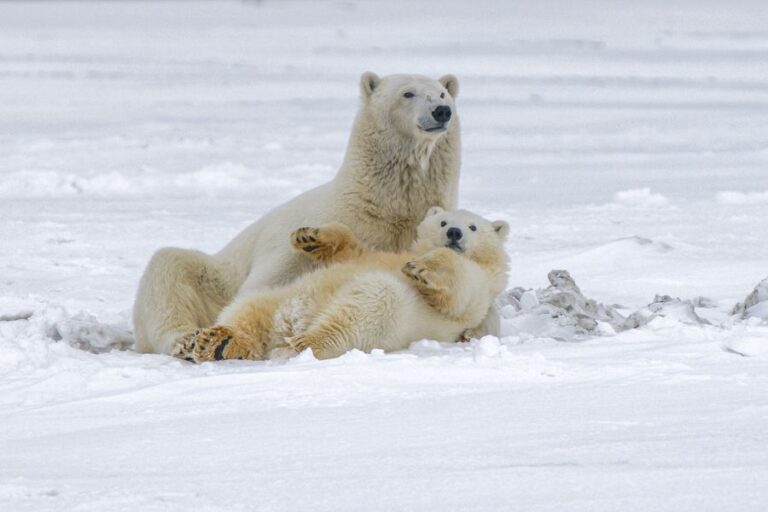Biodiversity is measured by evaluating species richness, genetic diversity, and ecosystem variety.
Species richness involves counting the number of species using methods like quadrat and transect sampling, along with species accumulation curves. DNA sequencing techniques are also utilised to assess genetic diversity through allele frequencies and heterozygosity.
This terminology can sound overwhelming, but having a minimum grasp of this methodology and the reasoning behind these types of studies and data will help us understand the importance of keeping biodiversity within an ecosystem.
Biodiversity accounts for the differences within ecosystems and their contributions to ecological balance. Scientists must use tools and research methods to monitor biodiversity trends. These methods provide insight into the complex task of biodiversity quantification and play a very important role in conservation efforts.
Main Takeaways
Key Biodiversity Metrics
- Biodiversity is measured using species richness (number of species), genetic diversity, and ecosystem variety. Scientists use quadrat and transect sampling, DNA sequencing, and statistical models to assess biodiversity.
Species Count Techniques
- Traditional field surveys are complemented by advanced methods such as environmental DNA (eDNA), remote sensing, and automated camera traps. Statistical techniques like rarefaction and extrapolation help improve accuracy in biodiversity estimates.
Genetic Diversity Assessment
- DNA barcoding, whole-genome sequencing, and microsatellite analysis help study genetic variation within populations. High genetic diversity promotes adaptability, while low diversity increases extinction risks.
Importance of Endemic Species
- Endemic species, found only in specific regions, are key indicators of ecosystem health but are vulnerable to habitat loss and climate change. Protecting them helps maintain genetic diversity and ecological balance.
Ecosystem Diversity Evaluation
- Assessing habitats and species interactions through remote sensing and geographic information systems (GIS) helps track ecosystem changes. Higher diversity improves resilience against environmental disturbances.
Challenges in Biodiversity Quantification
- Many species remain undiscovered, particularly invertebrates and microbes. Cryptic species, which look similar but are genetically distinct, complicate biodiversity assessments.
Climate Change Impacts
- Climate change alters species distributions, disrupts ecological interactions, and increases extinction risks. Coral bleaching, forest shifts, and pollination disruptions highlight these effects.
Conservation Strategies
- Protecting biodiversity requires habitat restoration, sustainable resource management, and species conservation programs. Community involvement, ecotourism, and technology-driven monitoring enhance conservation efforts.
Protected Areas and Adaptive Management
- Establishing national parks and marine reserves safeguards ecosystems. Adaptive management, guided by ongoing research, ensures conservation strategies remain effective in changing environments.

Understanding Biodiversity Measurement
Biodiversity measurement is a multifaceted scientific endeavour that quantifies the variety of life within ecological communities. It captures species richness and abundance, and their composition shifts over time.
Rooted in early studies by Charles Darwin and later refined through statistical models by researchers like Ronald Fisher and Anne Chao, biodiversity assessment employs diverse metrics, including species richness, species abundance distributions, and measures of compositional change such as alpha, beta, and gamma diversity. Advances in computational tools and molecular techniques, such as environmental DNA sampling and remote sensing, have expanded our ability to track biodiversity trends at different spatial and temporal scales. However, challenges remain in ensuring consistent data collection, interpreting complex patterns, and effectively communicating findings to policymakers and the public. This metric is vital as it offers insights into the ecological diversity and the potential resilience of ecosystems against disturbances.
Understanding biodiversity measurement is fundamental to evaluating ecosystem health and resilience. Of the approximately 1.6 million species identified, it is estimated that 84% remain undiscovered, highlighting the vast unknown within our ecosystems.
Advanced techniques such as DNA sequencing have revolutionised data collection, enabling more accurate assessments of species richness, especially for smaller, less-studied organisms like invertebrates and microbes.
Species Count Techniques
Traditional species count techniques include direct field surveys and specimen collection. However, they are often labour-intensive and limited by observer bias.
Researchers are now using more efficient and modern technical approaches. They can employ statistical approaches like rarefaction and extrapolation to enhance accuracy and comparability.
Rarefaction and extrapolation are statistical methods used to study biodiversity by adjusting for differences in sampling effort.
Rarefaction is a way to standardise species counts when different amounts of data have been collected. Suppose one study surveys a forest for a week and finds 100 species, while another surveys a similar forest for a month and finds 150 species. In that case, the second survey naturally records more species because it lasted longer. Rarefaction estimates how many species the second study would have found if it had only sampled for a week, making the two surveys comparable.
Extrapolation works in the opposite direction. If a study finds 50 species after a certain amount of sampling, extrapolation predicts how many species might be found if sampling continues. This helps estimate total biodiversity when complete surveys aren’t possible.
Both methods ensure that biodiversity comparisons aren’t skewed by differences in sampling effort, making results more reliable.
Advances in technology have further revolutionised species counting, with tools such as environmental DNA analysis, remote sensing, and automated camera traps enabling the detection of species with minimal disturbance.
Additionally, species abundance distributions, including models like Fisher’s log series and Preston’s log-normal, help ecologists interpret patterns of commonness and rarity within an assemblage. These diverse techniques allow for more precise biodiversity assessments, providing critical insights into species richness and ecological dynamics across habitats.
Fisher’s log-series and Preston’s log-normal distribution are statistical models used to describe how species are distributed in a community, particularly in common versus rare species.

Genetic Diversity Assessment
Genetic diversity assessment is crucial to biodiversity studies, providing insights into the variation within and between species populations.
Techniques such as DNA barcoding, whole-genome sequencing, and microsatellite analysis allow researchers to examine genetic differences, detect evolutionary relationships, and assess population health.
High genetic diversity is often linked to greater adaptability and resilience to environmental changes, while low diversity can indicate inbreeding and vulnerability to extinction. Advances in molecular biology, including environmental DNA sampling and metagenomics, have expanded the scope of genetic assessments, enabling the study of microbial communities and cryptic species that are difficult to observe directly.
These methods contribute to conservation efforts by identifying genetically distinct populations, informing breeding programs, and guiding strategies for habitat protection and species management.
Although often overshadowed by species count methods, genetic diversity evaluation is essential to biodiversity assessment. Genetic diversity refers to the variety of genes present within a single species, encompassing thousands of individual genes that collectively contribute to that species’ adaptability and resilience.
Importance of Endemic Species
Endemic species are those found exclusively in a specific geographic region. These species often evolve unique adaptations to their environments, making them key indicators of ecosystem health and stability.
Because they are restricted to limited ranges, endemic species are particularly vulnerable to habitat destruction, climate change, and invasive species, making their conservation a priority. Protecting endemic species helps preserve genetic diversity, supports ecological interactions, and sustains ecosystems’ overall resilience.
Many endemic species have cultural, scientific, and economic significance, contributing to local heritage and potential discoveries in medicine and biotechnology. Their survival is crucial for biodiversity and the broader environmental and societal benefits they provide.
Examples of Endemic species are Hawaiian honeycreepers and Javan rhinoceroses, are confined to specific geographical areas and serve as essential indicators of a region’s biodiversity value.
Evaluating Ecosystem Diversity
Ecosystem diversity refers to the variety of regional habitats, ecological processes, and biological communities, influencing overall biodiversity and ecosystem stability.
Evaluating ecosystem diversity involves assessing differences in habitat types, species interactions, and environmental conditions across landscapes. Researchers use remote sensing, geographic information systems, and field surveys to classify and monitor ecosystems and identify patterns of change over time.
Higher ecosystem diversity enhances resilience by supporting a wider range of species and ecological functions, helping to buffer against environmental disturbances such as climate change and habitat loss. Conservation efforts that prioritise ecosystem diversity ensure the protection of multiple species and ecological processes, reinforcing the interconnectedness of life and the sustainability of natural resources.
Unique ecosystems like the Galapagos Islands exemplify areas where rare species with specialised adaptations thrive, underscoring the need for thorough assessments to aid conservation efforts.
Challenges in Biodiversity Quantification
Despite significant advancements in our understanding of biodiversity, quantifying it remains a formidable challenge due to several inherent complexities.
The estimated number of species on Earth varies dramatically, ranging from 3 million to 100 million, with 8.7 million often cited as the most accurate figure. Undescribed species, particularly cryptic ones, present complications since they are genetically distinct but visually similar, making detection and evaluation difficult.
The limited knowledge of invertebrate and microbial populations poses challenges in biodiversity quantification, as these organisms are frequently under-researched and underrepresented. Their small size and complex ecosystems complicate efforts to determine accurate species numbers. While DNA sampling techniques have improved our understanding of small-scale biodiversity, innovative methods are still to be found for effectively evaluating these lesser-known populations.

Climate Change Impact on Biodiversity
Climate change is a major driver of biodiversity loss, altering ecosystems and threatening species worldwide.
Rising temperatures, shifting precipitation patterns, and increased frequency of extreme weather events disrupt species distributions, migration patterns, and breeding cycles.
Many species struggle to adapt to rapid environmental changes, leading to population declines or local extinctions, particularly for those with narrow habitat ranges or specific climatic requirements.
Additionally, climate change accelerates habitat loss, facilitates the spread of invasive species, and disrupts ecological interactions, further destabilising ecosystems.
Marine and terrestrial biodiversity are affected, with coral reef bleaching, altered forest compositions, and shifts in pollination networks serving as best examples.
Biodiversity loss can also intensify climate change impacts, creating a vicious circle. When ecosystems lose species, their functional capabilities diminish, hindering essential processes like carbon sequestration and nutrient cycling and destabilising environmental conditions.
Conservation Strategies and Biodiversity
Effective conservation strategies are essential for protecting biodiversity and maintaining ecosystem stability.
These strategies include establishing protected areas, habitat restoration, sustainable resource management, and species-specific conservation programs.
Additionally, community-led conservation, ecotourism, and environmental education increase local and global support for biodiversity protection. Advances in technology, such as environmental DNA monitoring and satellite-based habitat tracking, enhance conservation planning and assessment.
Conservation efforts must address habitat fragmentation, climate change, and human-wildlife conflicts. A comprehensive approach that integrates scientific research, policy measures, and public engagement is key to ensuring the long-term preservation of biodiversity and the ecological services it provides.
Protecting flagship species such as pandas and sea otters is a popular approach, as their conservation can catalyse broader ecosystem health benefits. These species, often keystones in their habitats, signify the well-being of numerous other organisms and the ecosystem as a whole.
Additionally, engaging local communities is essential in these efforts. By involving them in stewardship and promoting sustainable practices, conservation becomes a shared responsibility, enhancing its success and sustainability.
Establishing protected areas, including national parks and marine reserves, is fundamental in safeguarding habitats. These areas provide sanctuaries for countless species, including those endemic to specific regions.
Adaptive management practices, informed by ongoing ecological monitoring, allow conservation strategies to remain effective amid changing environmental conditions. We aim to sustain the planet’s intricate web of life and its irreplaceable biodiversity through these all-encompassing strategies.
Conclusion
Measuring biodiversity is a complex but essential scientific endeavour providing insights into ecosystem health and resilience.
Researchers can monitor biodiversity trends and identify threats to ecological stability using technological advances, such as DNA sequencing, remote sensing, and statistical modelling, which have significantly improved biodiversity assessments, allowing for more accurate and comprehensive evaluations.
Despite these advancements, challenges remain, including the vast number of undiscovered species, the difficulty of studying cryptic and microbial life, and the need for standardised data collection.
Climate change, habitat destruction, and human activities further threaten biodiversity, making effective conservation strategies more urgent than ever.
Protecting biodiversity requires a multifaceted approach that includes habitat conservation, sustainable resource management, and community engagement.
Establishing protected areas, implementing adaptive conservation strategies, and leveraging scientific research are crucial for safeguarding ecosystems.



